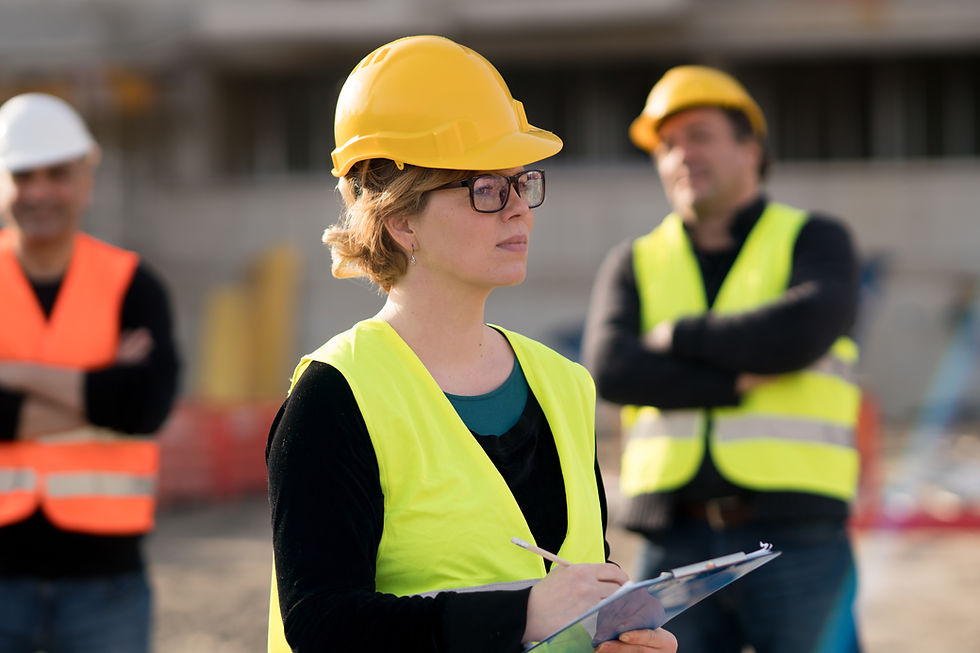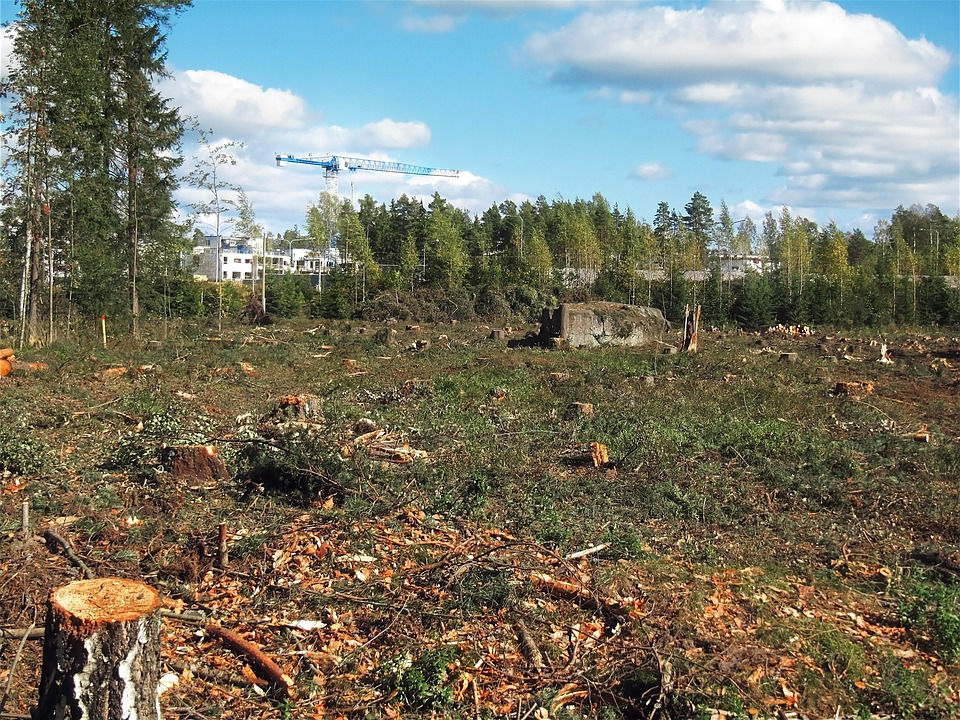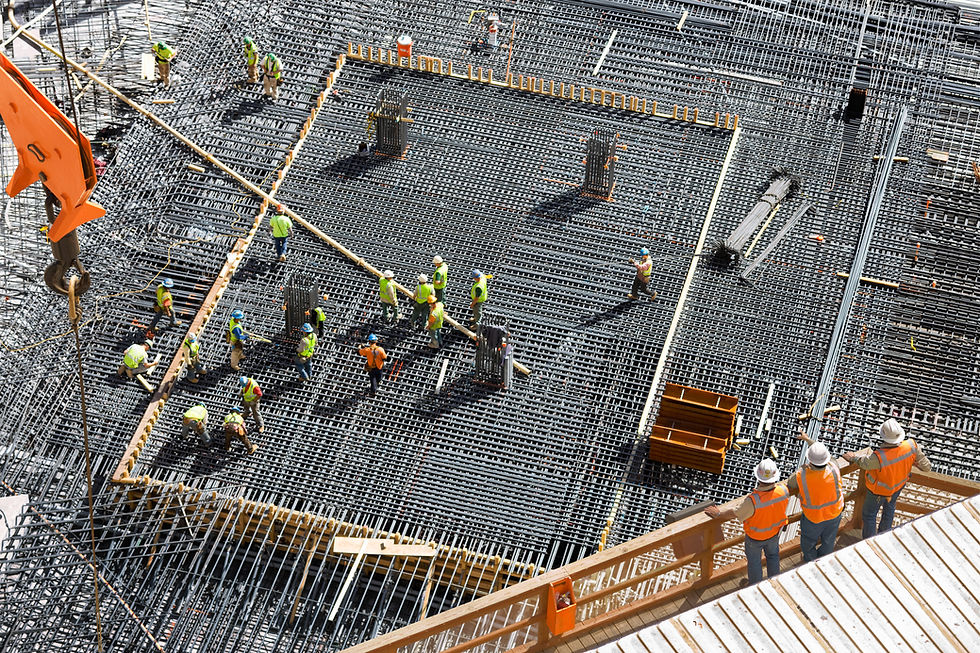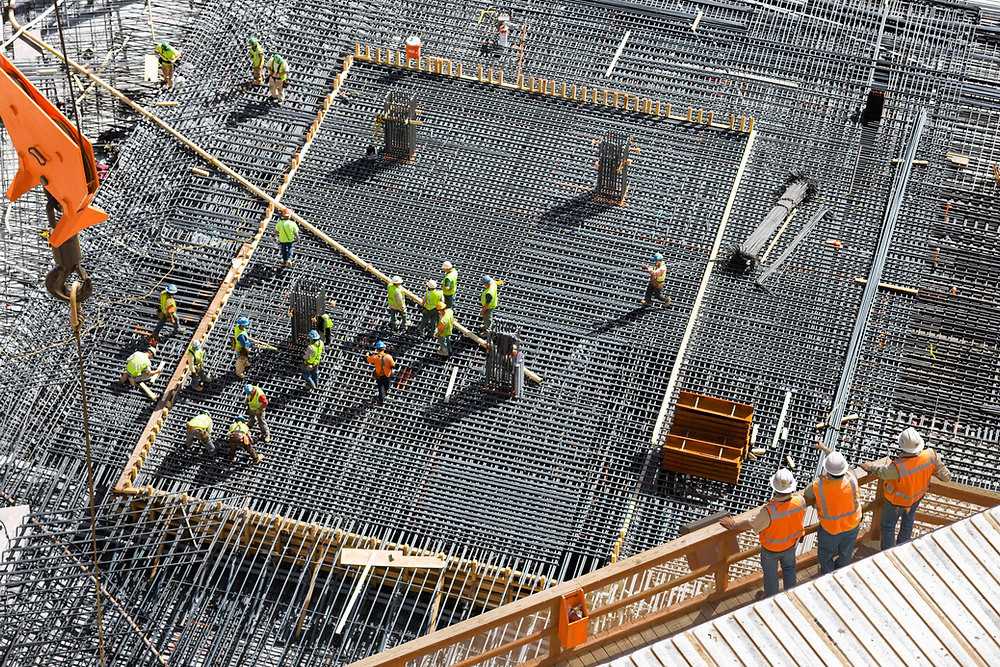Proper site preparation can save you time and money in the long run, and help to ensure that your project is completed on time and within budget. However, if not done correctly, site preparation can lead to costly mistakes and delays. In this article, we will take a closer look at the importance of proper site preparation and how to avoid common mistakes.
Conducting a Thorough Site Assessment

The first step in site preparation is to conduct a thorough site assessment. This includes analyzing the topography, soil conditions, and existing vegetation. It is essential to identify any potential hazards such as underground utilities, flood zones, or wetlands. This information will help you to determine the best location for your structure, and identify any potential issues that may need to be addressed before construction begins.
Clearing the Land

Once the site has been assessed, the next step is to clear the land. This includes removing any trees, bushes, or other vegetation that may be in the way. It is also important to grade the land to ensure proper drainage and to level the site for the foundation. Any soil or rock that is removed from the site should be properly disposed of.
Preparing the Foundation

After the land has been cleared and graded, it is time to start preparing the foundation. This includes digging trenches for the footings, pouring the concrete, and installing any necessary drainage systems. It is important to make sure that the foundation is level and that it is built to the proper specifications. The foundation is the backbone of the entire structure and must be built correctly to ensure the stability and longevity of the building.
Installing Utilities

Another important aspect of site preparation is the installation of any necessary utilities. This includes the placement of the sewer, water, and electrical lines. It is important to make sure that these utilities are properly installed and that they meet all local codes and regulations.
Landscaping

Once the foundation and utilities have been installed, it is time to start building the structure. The final step in site preparation is to install any necessary landscaping. This includes planting grass, bushes, and trees. Proper landscaping not only adds aesthetic value to the property but also helps to stabilize the soil and prevent erosion.

Common Pitfalls to Avoid
However, as important as proper site preparation is, there are also many pitfalls that can be encountered along the way. Here are some common mistakes to avoid:
-
Skipping the site assessment
-
Improper grading
-
Using the wrong type of soil
-
Failing to install proper drainage
-
Skimping on utilities
-
Not considering future expansion
-
Ignoring erosion control
By avoiding these common pitfalls and following the proper procedures, you can ensure that your site preparation is done correctly and that your construction project is completed on time and within budget. Remember, proper site preparation is an investment in the long-term success of your project and it is important to take the time to do it right.
Other Impacts to Consider
In addition to the pitfalls mentioned above, there are a few other key things to keep in mind when it comes to site preparation.
One thing to consider is the impact of the project on the surrounding environment. For example, if the project is located in an area with a high water table, it may be necessary to install drainage systems to prevent water from seeping into the foundation. Similarly, if the project is located in an area prone to flooding, it may be necessary to build a flood-proof foundation. This can help to protect the structure from damage and ensure that it remains safe for occupants.
Another important thing to consider is the impact of the project on the local community. For example, if the project is located in a densely populated area, it may be necessary to take steps to reduce noise and dust during construction. This can help to minimize disruptions to local residents and businesses and ensure that the project is completed in a timely and efficient manner.

Finally, it's important to be aware of any local zoning and building codes that may apply to your project. These codes can vary widely depending on location, and it's important to make sure that your project complies with all applicable regulations. This can help to ensure that your project is completed on time and within budget, and that it meets all safety and structural requirements.
Final Thoughts
In conclusion, proper site preparation is essential to the success of any construction project. It sets the stage for the entire construction process and can save you time and money in the long run.
By conducting a thorough site assessment, clearing and grading the land, preparing the foundation, installing utilities, and landscaping, you can ensure that your project is completed on time and within budget. Additionally, consider environmental, community and local regulations to make sure your project is safe and meets the legal requirements.
Remember, the key to successful site preparation is attention to detail and the willingness to take the time to do it right.






